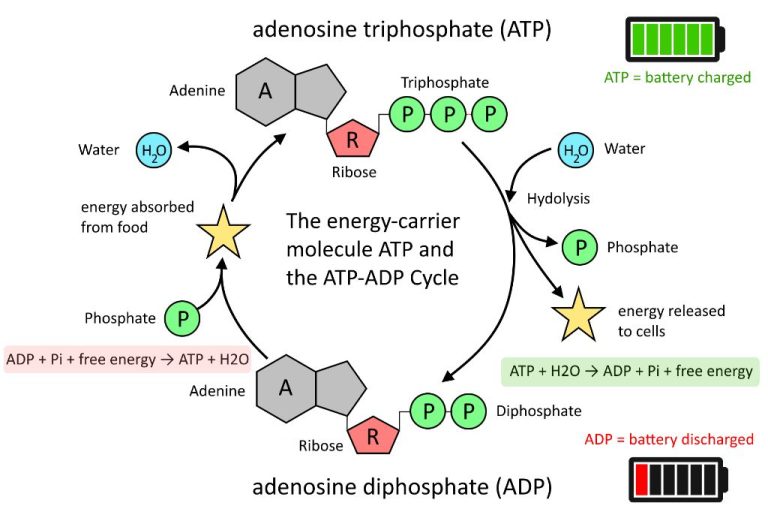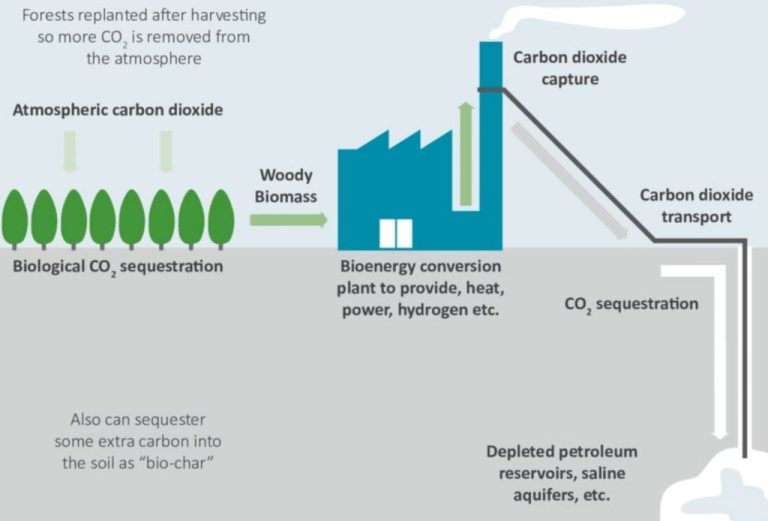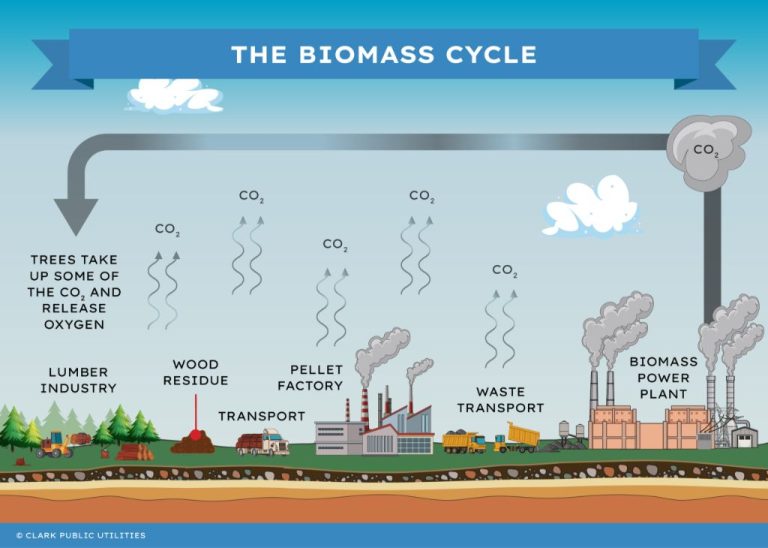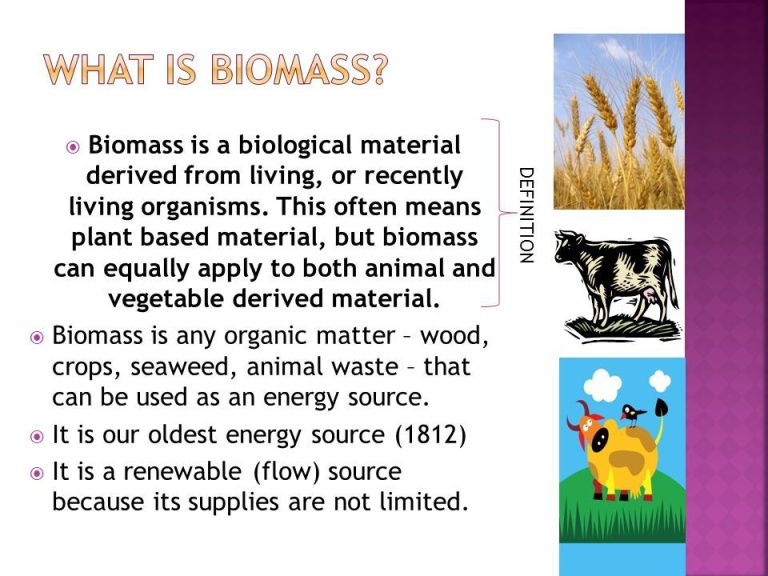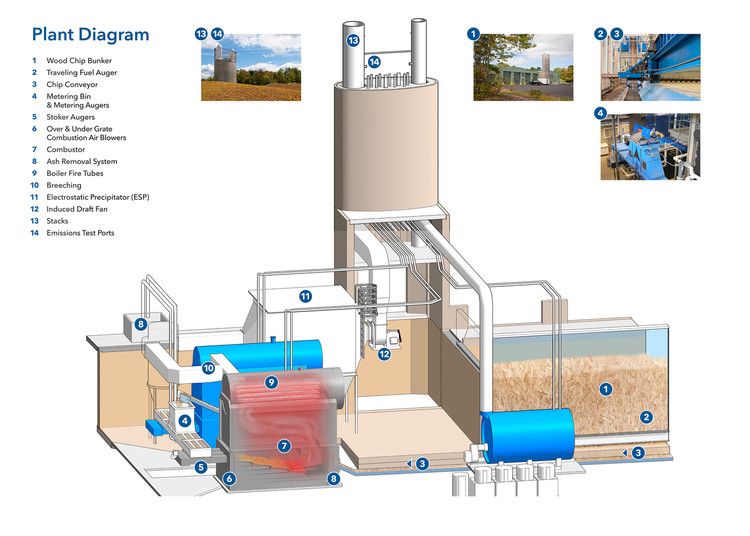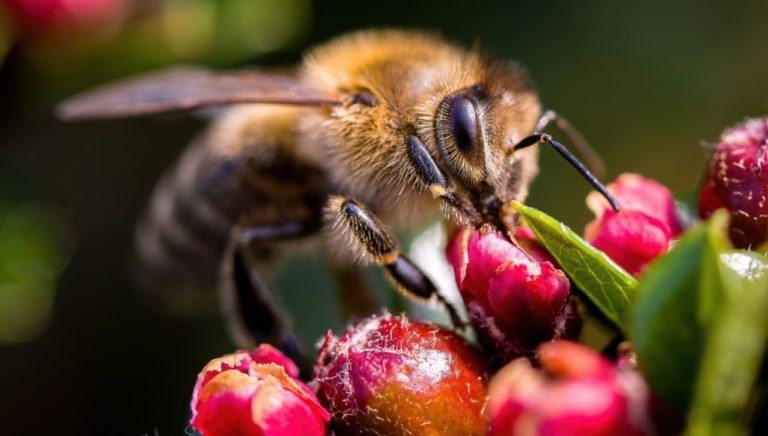What Is Biofuel Upsc?
Biofuels are fuels produced directly or indirectly from organic material (biomass) including plant materials and animal waste. Biofuels are considered renewable sources of energy that can contribute to reducing dependence on fossil fuels.
Biofuels are an important topic for UPSC exams as they relate to energy security and climate change which are critical issues facing India and the world. The production and use of biofuels also connects with economic development, particularly in rural areas where biomass feedstocks are cultivated. Questions on biofuels may appear in the UPSC prelims general studies paper, as well as in the mains exam for papers like Geography, Environment, Science and Technology.
Types of Biofuels
There are several different types of biofuels that can be produced from biomass:
Biodiesel – Made from vegetable oils, animal fats, or recycled greases. It can be used as a replacement for diesel in vehicles.
Bioethanol – An alcohol fuel produced by fermenting the sugar components of plant materials. It can be used as a gasoline replacement.
Biogas – A mixture of gases (mostly methane and carbon dioxide) produced by the breakdown of organic matter in the absence of oxygen. It can be used for heat, electricity generation, and fuel.
Biomass – Organic material from plants or animals. It can be burned directly for heat or electricity generation. Wood, agricultural waste, and garbage are common sources.
There are also more advanced biofuels such as biohydrogen, biomethanol, bioDME, and Fischer-Tropsch liquids that are currently in development.
Sources of Biofuels
Biofuels can be produced from various plant and animal sources. Some of the major sources are:
Plant Sources
– Corn: One of the most common sources of biofuel is corn. The starch from corn can be fermented to produce ethanol which can be blended with gasoline.
– Sugarcane: Sugarcane juice, molasses and bagasse can be used to produce bioethanol. Brazil and India are major producers of sugarcane ethanol.
– Algae: Algae can produce more energy per acre compared to other crops. The oils extracted from algae can be converted into various types of biofuels.
– Grasses: Grasses like switchgrass and miscanthus can be grown easily and converted into cellulosic biofuels.
– Oil seeds: Soybean, sunflower, palm oils etc can be used to produce biodiesel.
Animal Fats and Oils
– Animal fats from poultry, pork, beef industries can be converted into biodiesel.
– Used cooking oils can also be recycled to produce biodiesel.
– Fish oil and other animal oils can be processed into biofuels.
Production Processes
There are several key production processes used to make biofuels:
Fermentation
Fermentation uses yeast or bacteria to convert sugars into ethanol. It is commonly used for producing bioethanol from starchy crops like corn or sugary crops like sugar cane. The crops are broken down into simple sugars and then fermented into ethanol.
Transesterification
Transesterification is the process used to produce biodiesel. Vegetable oils and animal fats are reacted with alcohol, usually methanol, in the presence of a catalyst to produce biodiesel and glycerin.
Anaerobic digestion
Anaerobic digestion uses bacteria to break down organic matter like manure, sewage, and crop residues in an oxygen-free environment. This produces biogas containing methane and carbon dioxide, as well as digestate that can be used as fertilizer.
Gasification
Gasification converts biomass materials like wood chips into synthesis gas or syngas by applying high temperature in an environment with a controlled amount of oxygen. The syngas can then be processed into fuels like hydrogen and methanol.
Pyrolysis
Pyrolysis rapidly heats biomass in the absence of oxygen to produce bio-oil along with some syngas and a solid called biochar. The bio-oil can then be refined into transportation fuels.
Advantages
Biofuels have several key advantages that make them an appealing energy source compared to fossil fuels:
Renewable: Biofuels are derived from organic plant and animal waste, which can be replenished much faster than fossil fuels that take millions of years to form. This makes biofuels a renewable source of energy.
Reduced Greenhouse Gas Emissions: Using biofuels reduces dependence on fossil fuels and their associated greenhouse gas emissions. The plants used to create biofuels absorb CO2 as they grow, balancing much of the CO2 released when the fuels are burned.
Energy Security: Biofuels can be produced domestically, reducing reliance on imported fossil fuels. This improves a nation’s energy security and helps stabilize fuel supply and pricing.
Rural Development: Biofuel feedstock production and processing facilities provide agricultural and manufacturing jobs, especially in rural areas. It also gives farmers new revenue streams.
Disadvantages
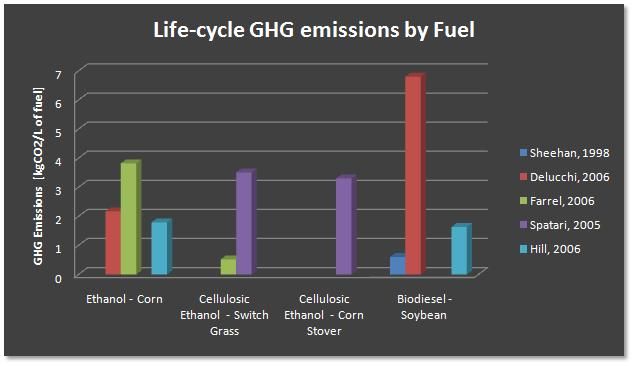
While biofuels offer several advantages, they also have some notable disadvantages that should be considered. Some of the key disadvantages of biofuels include:
Food Security Concerns
One major concern with biofuels is that they may compete for land and resources needed to grow food crops. For example, crops like corn and sugarcane can be used to produce biofuels, but they are also important global food staples. If more land is allocated to growing biofuel feedstocks, it could reduce the land available for food production and strain food supplies. This is especially concerning for developing countries.
Land Use Changes
Increased demand for biofuel feedstocks can drive conversion of forests, grasslands and wetlands into agricultural land. This land use change can negatively impact biodiversity and release carbon stored in soils and vegetation. There are concerns that land use changes from biofuel production could potentially offset some of the climate benefits.
Cost Effectiveness
While biofuels are renewable, they are currently more expensive to produce than fossil fuels in most cases. The costs of feedstock, processing, and transportation add up. Government subsidies are often needed to make biofuels cost-competitive with conventional fuels. However, high costs make it challenging to scale up biofuel production and adoption. More technological advancements are needed to improve the efficiency and cost-effectiveness of biofuel production.
Government Initiatives
The government of India has taken several policy measures and initiatives to promote the production and use of biofuels in the country. Some of the key government initiatives are:
National Policy on Biofuels
The National Policy on Biofuels was approved by the Government of India in 2009. The policy aims to mainstream the use of biofuels and envisions a central role for biofuels in the energy and transportation sectors in the coming decades. It sets a target of 20% blending of biofuels, both for biodiesel and bioethanol by 2017.
Ministry of New and Renewable Energy (MNRE) Schemes
The Ministry of New and Renewable Energy (MNRE) is the nodal ministry for the development of biofuel technologies and production in India. It has implemented several schemes to support biofuel development:
- National Biofuel Policy 2018 – sets target of 20% ethanol blending in petrol by 2030
- Scheme to support setting up of 2G bio-ethanol plants
- Programme on development of Bio-CNG and Generating Power through Biomass Gasifier
- Scheme to support setting up new plants and augmentation of existing plants for fertilizer doped bio-ethanol for pilot projects
Through these initiatives and schemes, the government aims to increase domestic biofuel production and utilization to reduce dependence on fossil fuels and contribute to the country’s energy security.
Case Studies
Brazil is one of the leading producers and users of biofuels. It has implemented extensive biofuel programs and policies which have contributed to its energy security and reduced dependence on fossil fuels. Brazil mainly produces bioethanol from sugarcane which is blended with gasoline and used widely as a fuel for vehicles. Brazil has also increased production of biodiesel in recent years. The success of Brazil’s biofuel program demonstrates the potential for large-scale implementation of biofuels.
The United States is the largest producer of biofuels in the world, mainly corn-based ethanol and soybean-based biodiesel. It has implemented policies like the Renewable Fuel Standard which mandates a certain volume of renewable fuels to replace fossil fuels. However, concerns have been raised about the sustainability and emissions impact of corn ethanol. Cellulosic ethanol is also being promoted as a more sustainable option. Overall, the US aims to continue expanding its biofuels production and use through government support.
India has several government initiatives to increase biofuel production and utilization, including the Ethanol Blending Programme and the National Policy on Biofuels. Ethanol produced from sugarcane molasses is blended with gasoline. India has set a target to reach 20% ethanol blending by 2025. Biodiesel blending targets have also been established using feedstocks like jatropha. However, India faces challenges meeting targets due to inconsistent raw material availability, lack of infrastructure and pricing concerns. But biofuels present an important opportunity for India to enhance its energy security.
Environmental Impacts
The production and use of biofuels can have both positive and negative impacts on the environment. Some of the key considerations include:
Positive Impacts
Biofuels can provide cleaner, renewable alternatives to fossil fuels like gasoline and diesel. Since biofuels are made from plants and other organic materials, the carbon emissions from burning them are largely balanced by the carbon absorbed as the crops grow. This makes their net carbon footprint potentially much lower than fossil fuels.
Widespread use of biofuels could reduce greenhouse gas emissions from transportation and energy production. This could help mitigate global warming and climate change. Some analyses show biofuels emitting 50-90% less lifecycle greenhouse gases compared to gasoline.
Biofuels like ethanol burn cleaner than gasoline, producing fewer air pollutants like carbon monoxide that impact human health. Reduced emissions improves air quality.
Growing crops for biofuel production presents an opportunity to restore and replenish depleted soils. Thoughtful practices can reduce soil erosion, increase soil fertility, and enhance biodiversity.
Negative Impacts
Converting natural landscapes like forests and grasslands to grow biofuel crops can release carbon stored in plants and soil. This can diminish or even outweigh the potential climate benefits of biofuels.
The intensive use of fertilizers and pesticides in large-scale biofuel crop production can pollute waterways and destroy wildlife habitats. Monocultures of a single crop are also environmentally detrimental.
Some analyses indicate ethanol production consumes more energy than it provides in its final fuel form. The overall energy balance depends on the feedstock and production process.
The water demands of irrigating and processing biofuel crops strains local water resources in some regions. Protecting water quality and quantity is essential for sustainability.
Even renewable biofuels emit pollutants from fuel combustion, just at lower levels than fossil fuels. Increased use could still deteriorate air quality in certain areas.
Conclusion
Biofuels offer significant potential as an alternate, renewable source of energy that can supplement traditional fossil fuels. However, they also come with certain limitations and concerns that need to be addressed. The future growth of biofuels will depend on continued research and technological improvements to increase efficiency and cost-effectiveness. Sustained government support through initiatives and incentives will also play a key role in scaling up production and commercialization.
For UPSC preparation, it is important to understand the basics of what biofuels are, their sources, production methods, pros and cons, and the government’s strategy and initiatives in promoting biofuels. Case studies of successful biofuel projects can provide insights into scalable models. One must also examine the environmental impacts and sustainability issues around biofuels. Having an integrated perspective will help in analyzing questions and framing opinions on biofuels, which is often required in the UPSC exam.

